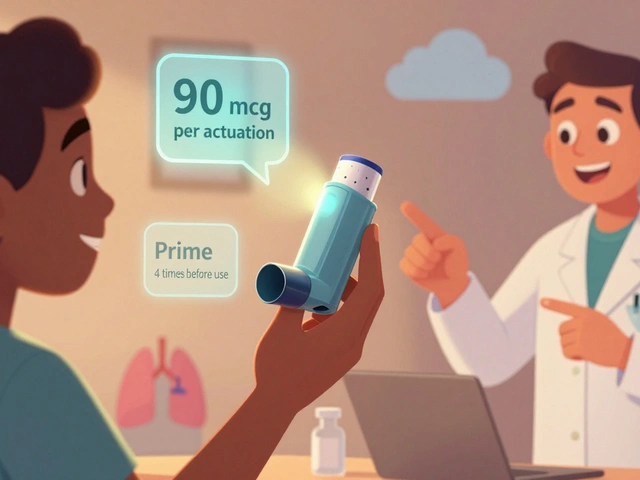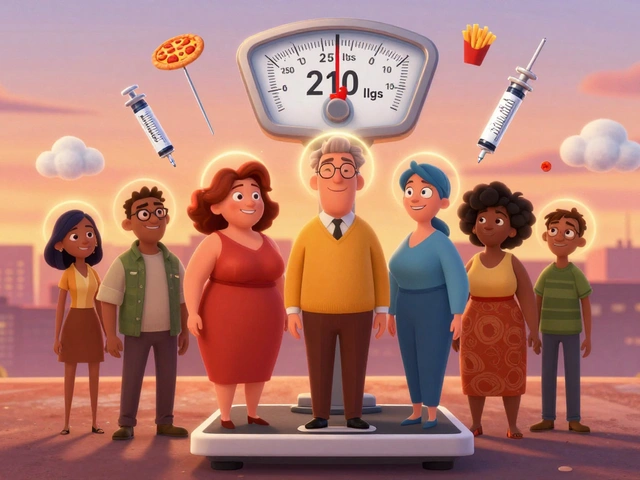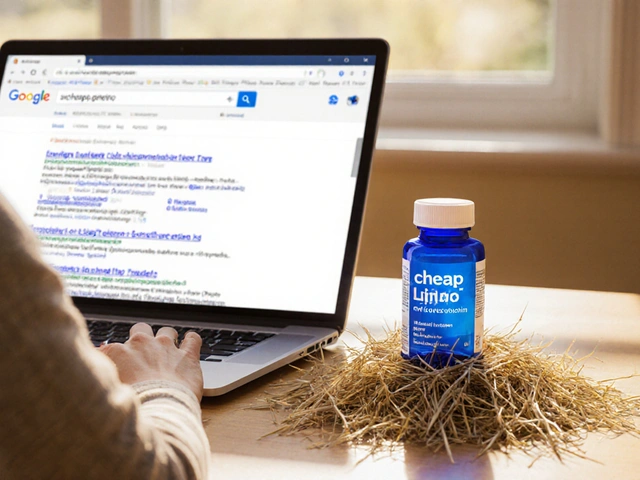Bacterial invasion — how to spot it and what to do now
Bacterial invasion means bacteria have gotten past your body's defenses and started to multiply where they shouldn't. That can be a small thing, like a pimple that gets red and painful, or a larger problem like a urinary tract infection or pneumonia. Knowing the signs and doing the right first steps can keep a minor problem from becoming serious.
Common signs and how they differ from viruses
Look for local signs first: redness, swelling, warmth, pain, and pus around a wound. Fever often shows up, sometimes with chills. For organ-specific infections you might see a sore throat that won’t improve, burning when you pee, persistent cough with colored phlegm, or bad-smelling wounds. Viral infections often cause body-wide symptoms like runny nose, muscle aches, and clear watery mucus. If bacteria are the cause, symptoms tend to be more focused, worse over time, and may produce thick yellow or green discharge.
Don’t rely on one symptom. A high fever, sudden worsening, or signs of sepsis — very fast heartbeat, very low blood pressure, confusion, or difficulty breathing — mean get emergency care right away.
Simple prevention and first-aid steps
Hygiene is the best defense. Wash hands often, clean and cover cuts, and avoid sharing razors or towels. For urine infections, drinking enough water and peeing after sex can reduce risk. Keep chronic wounds clean and check them daily. Vaccines don’t block all bacteria, but they prevent specific illnesses like whooping cough and certain types of pneumonia.
If you get a minor skin infection, clean the area with soap and water, pat dry, and cover. Warm compresses can help drain small boils. Don’t squeeze deeply — that spreads bacteria. For suspected throat or bladder infections, don’t guess: see a clinician. They may test and, if needed, prescribe the right antibiotic for the bacteria involved.
Antibiotics matter, but use them correctly. They only work on bacteria, not viruses. Finish the prescribed course unless your doctor tells you otherwise. Stopping early can let resistant bacteria survive. If you have allergies or side effects, call your provider — there are usually alternatives.
Worried about resistant bugs? Avoid pressuring clinicians for antibiotics for viral colds. Ask about testing or narrow-spectrum options. If you travel, know local risks — some areas have higher rates of antibiotic-resistant infections.
If symptoms are mild, track them for 48–72 hours. If they get worse, you develop a high fever, trouble breathing, severe pain, spreading redness, or confusion, seek urgent care. Early treatment for true bacterial invasion improves outcomes and shortens recovery.
Need more detail? Read specific guides on urinary tract alternatives, wound care, or how mucous membranes protect the throat. Knowing the basics helps you act fast and avoid complications.

Pathogenic Bacteria: How They Invade the Human Body and Cause Infections
Find out how pathogenic bacteria bypass your body's defenses, stick to tissues, and trigger infections. Explore the hidden journey bacteria take to cause disease.
Categories
- Medications (50)
- Health and Medicine (47)
- Health and Wellness (34)
- Online Pharmacy Guides (15)
- Nutrition and Supplements (7)
- Parenting and Family (3)
- Environment and Conservation (2)
- healthcare (2)
- prescription savings (1)



